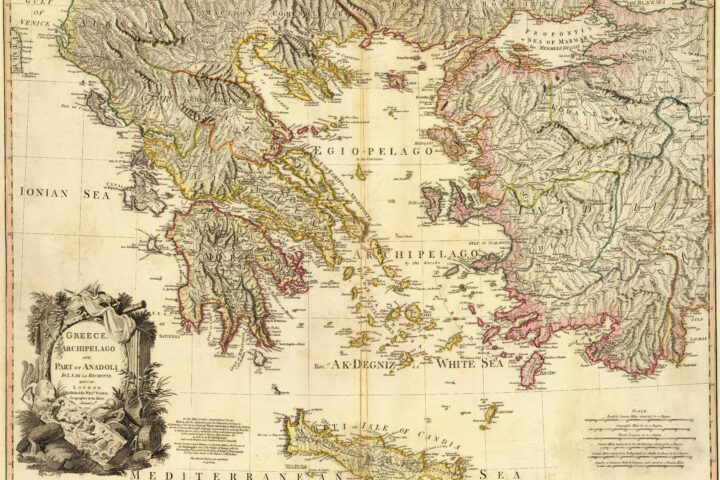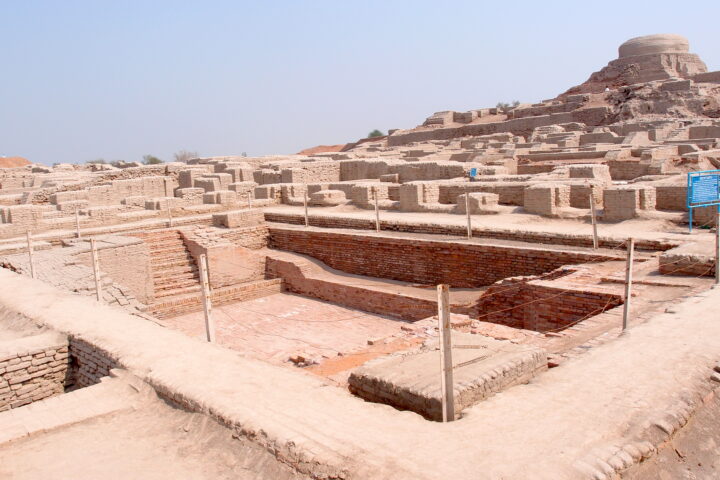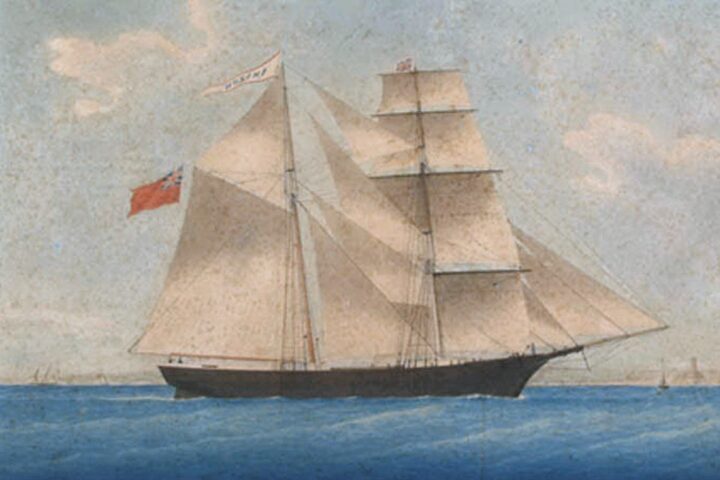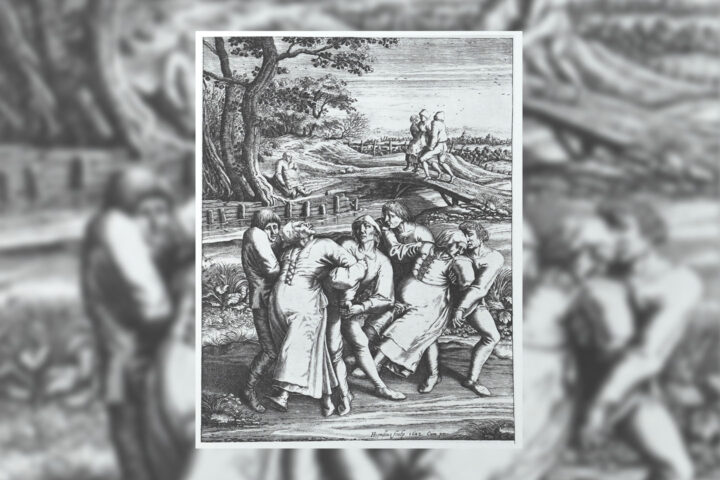Source: Western Deffufa Temple, Karma, Walter Callens (CC BY)_worldhistory_org
Introduction
The Kingdom of Kush was an ancient civilization located in the modern country of Sudan. These days, it has become relegated to second place compared to other more popular ancient places of interest, Egypt and Nubia. However, Kush was a colorful and influential empire that has a marked history in Africa. In this paper, it will talk about the history of Kush from its discovery, its rise as a power, cultural achievements, and eventual downfall.
Origins and Early History
The roots of Kush are in the Kerma culture that existed around the 2500s–1500s BCE. The Kerma depicted an advanced craft and traded people, giving rise to a sophisticated society with a characteristically unique form of artistic expression. Its impact on the subsequent theological development of Kush was reflected in the Kerma itself.
The Kingdom of Kush began to appear as an independent entity in the 10th century. The strategic location of its city, Napata, was at the crossroads of trade routes between Egypt and sub-Saharan Africa; it was of great economic advantage. The Kushites were fine metalworkers; they used iron to make various implements and weapons that allowed them to be very competitive in their region.
Rise to Power and Egyptian Influence
The watershed in Kush’s history was the 8th century BCE. Taking advantage of the troubled political situation in Egypt, the Kushite King Piye invaded Egypt and the Twenty-fifth Dynasty in it. For a period of one hundred years, Kushite rulers dominated Egypt and Nubia and held power over a huge area.
During this age, Kush was heavily influenced by the culture of Egypt. The kings of Kush adapted the customs from Egypt, architecture, and religion. They made pyramids and temples like those in Egypt and worshipped many of the same gods. At the same time, it is believed that Kush retained its culture with elements of both Nubian and sub-Saharan traditions.
The Meroitic Period
By the 3rd century BCE, the capital of Kush had shifted from Napata toward a more southerly situation on the Nile, that being Meroe. This began what can be described as the Meroitic period that extended to the 4th century AD. Meroe would become a stupendous, boomtown metropolis with a cosmopolitan layout of the urban spaces, great architecture, and a blooming cultural life.
The Meroitic people developed a rather different type of script called Meroitic, which has so far not been deciphered. They also made progress in metallurgy, manufacturing splendid iron and steel products. Meroe proved to be a commercial center whereby every businessman in Africa and the Mediterranean visited Meroe to purchase commodities
This mighty Kingdom of Kush declined from its cultural and economic apogees. These factors, coupled with internal strife, climatic change, and pressure from neighboring kingdoms, combined to weaken it. By the 4th century a.d., Kush had disintegrated, and its territories had been absorbed by other kingdoms.
Although unprominent in comparison with its splendid neighbors, the Kingdom of Kush left an invaluable legacy. Most striking of all the contributions of Kush to human civilization were in the areas of art, architecture, religion, and technology. The testimony of this rich heritage is found in many archaeologically excavated sites in the present Sudan.
Cultural Achievements and Innovations
Though it somewhat takes a back seat, the Kingdom of Kush had a vibrant civilization full of innovation. From art and architecture to religion and technology, the width of its cultural achievements was enormous.
Art and Architecture
It is in its multitude of temples, pyramids, and royal tombs that the artistic legacy of Kush comes to life. Though strongly influenced by the aesthetics of Egypt, the Kushite artists formed a new, syncretist style, which masked Nubian and sub-Saharan traditions. Much smaller than those in Egypt, the pyramids of Meroe are impressive evidence of the skill in Kushite architects.
The Kushites were highly competent craftsmen, as the range of items produced indicates: jewelry, pottery, metalwork—the list is very long. Their techniques for metalwork were highly advanced, as the intricate but strong products testify. Gold jewelry from the tombs is purely magnificent in beauty and workmanship.
Religion and Spirituality
Kush’s religion was a blend of both Egyptian and indigenous traditions. The Kushites worshipped most of the very gods that the Egyptians worshipped, such as Amun, Re, and Isis, alongside a pantheon that consisted of Geb as the earth god and Heryshef as the falcon-headed god.
The Kushite religion was an integral part of the kingdom’s political and social life. Pharaohs were deified, with their majestic tombs immensely sumptuous and ornate. The priesthood, in Kush, was highly organized and influential in society, taking responsibility for conducting religious rituals and ceremonies.
The Kingdom of Kush was very advanced in technology, mainly metallurgy. Kushites were skillful ironworkers who could fashion fine tools and weapons. They furthered the new techniques to smelt iron that enabled the creation of larger and more complex objects.
The technological innovations of Kush were not stalled after metallurgy. It was a center for trade, and the transport methods devised by its merchants carried goods over vast distances. The Kushite people developed and adopted a sophisticated irrigation system, which had helped assure a steady supply of food.
Trade and Diplomacy
All of this made the Kingdom of Kush a center of trade, simply because of its location along the Nile. Hence, African and Mediterranean merchants thronged to Kush in numbers for its various products, ranging from gold and ivory to slaves. These trading networks extended as far as places like Egypt, Rome, and India.
Equally impressive is the extent of Kush’s diplomatic relations. The kingdom allied itself with the neighboring states and maintained contacts with foreign powers. Kushite ambassadors traveled across the seas to foreign courts, negotiating trade agreements and strengthening diplomatic relationships.
Decline and Legacy
All its magnificent cultural and economic achievements, the Kingdom of Kush declined. Besides the internal issues, climatic change and pressures from other neighboring kingdoms weakened this kingdom. In the 4th century AD, Kush fell apart and its territories were incorporated into other kingdoms.
Although always dwarfed by its more famous neighbors, the Kingdom of Kush recorded very great impacts. The Kushite civilization contributed many important things to the fields of art, architecture, religion, and technology. Its rich cultural heritage attests in the many archeological sites that dot Sudan today.
The Role of Women in Kushite Society
Though the Kingdom of Kush is usually associated with male rule, the role of women was quite significant in society. For instance, one of the most famous examples of powerful queens is the Kushite Queen Candace, who led a rebellion against the Roman Empire during the 1st century AD. Women, though, held positions of authority beyond the royal court.
Women were engrossed in all walks of economic life, from agriculture to trade and crafts. The women could have their property and inherit wealth as well. Some even served as priests and held religious offices. This rather egalitarian role for women was unusual in the ancient world and reflects the unique nature of Kushite society.
The Kushite Legacy
The legacy of the Kingdom of Kush mattered much more for other reasons beyond its cultural and economic success. Kush significantly impacted the development of East Africa, especially on the linguistic and numerous cultural practices of later societies. The Meroitic script, though largely undeciphered, contains much of value that can be learned about the history and culture of the region.
Artifacts from Kushite archaeological sites continue to impress both scholars and the general public. Munro-Hay impressively sums it up by saying, “The pyramids of Meroe, the temples of Napata and the tombs of Jebel Barkal are but a few manifestations of a long, glorious past left for humanity to appreciate by the Kushite civilization”.
Modern Sudan: The Kingdom of Kush
Today, the Kingdom of Kush remains a national pride to the Sudanese. The government has, therefore, shown commitment toward the preservation of sites with remains of archaeological importance to Kush and has encouraged tourism in the area. There are also efforts in the study of Kushite artifacts and inscriptions.
Kush is one of the testimonials to the richness and diversity that suffuses the history of Sudan. It is a monument to the ingenuity and resilience of the Kushite people, who turned a questionable environment into the base to create a civilization. Indeed, as scholars unravel more and more mysteries of this ancient empire, the legacy of Kush is bound to keep inspiring and captivating hearts for eons to come.
Conclusion
The Kingdom of Kush was a vigorous and powerful civilization that did play an important part in African history. From its rise to power, through its cultural achievements, to its eventual decline, Kush offers valuable insights into the complex dynamics of the ancient societies. In fact, Kush has always been underestimated in its exceptional contribution to the world.
Sources:
- https://study.com/academy/lesson/what-is-the-kush-civilization.html#:~:text=The%20Kush%20Empire%20destabilized%20as,was%20abandoned%20around%20350%20CE.
- https://en.wikipedia.org/wiki/Kingdom_of_Kush
- https://www.worldhistory.org/Kush/
- https://www.ted.com/talks/geoff_emberling_what_happened_to_the_lost_kingdom_of_kush?language=en















